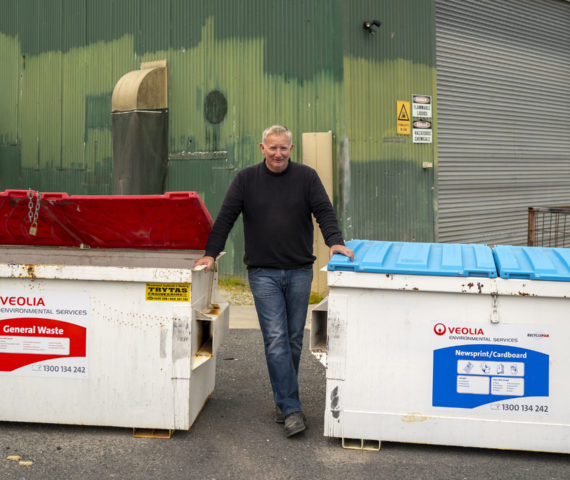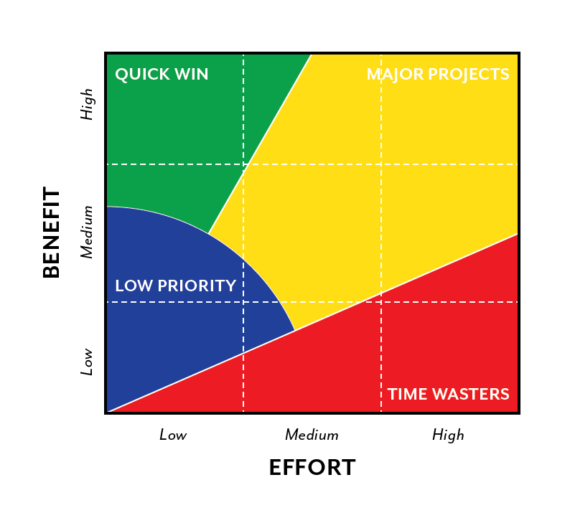Making changes to your business will require an investment of time and effort. It may also require you to motivate key stakeholders to support the change.
Preparing a business case will help you to decide if the effort is worthwhile and provide justification for others, who need to be engaged for the change to be successfully implemented.
Business cases take many forms and your organisation may already have an established procedure and format for presenting improvement ideas to management. The following elements are typically found in a business case and could help to rally support for your idea.

Penguin Composites introduced a recycling program, which caused a small increase in waste management costs that needed to be justified to management.
Project/improvement description
Provide an overview of the proposed project or improvement, including the objectives. This could include a description of the problem or opportunity that is addressed by the proposed project or improvement.
The desired outcome is described in detail, with measures of success. This should relate directly to the stated objectives.
Benefits
Describe the benefits to the business from implementing the project or improvement in measurable terms, ie cost savings or increased sales, reduction in greenhouse gas emissions, compliance with standards or regulatory requirements.
The benefits described should be supported by evidence, eg calculations based on available data. These projections can then be used to set targets for the project and measure the outcomes of implementation.
Costs
Present the total cost of implementation, including increased costs in labour and materials, purchase of equipment, or additional services, as accurately as possible. Costs should be itemised and identified as capital investment (eg large equipment or infrastructure) or operational cost (eg labour, consumables).
A business case will commonly include a Return on Investment (ROI) and payback period. The ROI is the resulting net profit achieved over time from implementing the project or improvement. This is used to assess the business case against other potential investments and estimate how long it will take to ‘pay back’ the costs of implementation.

Benefit Effort Matrix
Analysis
The business case should include some kind of analysis, comparing the expected benefits against the costs or efforts of implementation.
Typically, an analysis will refer to the business or strategic plan and demonstrate how the proposed project or improvement will support business goals.
A simple SWOT analysis can be used to show how the project or improvement builds on business Strengths, addresses its Weaknesses, exploits Opportunities and/or reduces Threats.
A Benefit/Effort (or Impact/Effort) matrix is a simple tool that can be used to assess proposed projects or improvements against two axes: the benefits, in terms of business and strategic goals, and effort, usually in terms of time and resources.
A risk assessment identifies all of the possible ways that the project or improvement could go wrong, prioritises them in terms of consequences and likelihood, and puts controls in place to prevent them from occurring.
The business case should demonstrate that all possible harm to the business, its employees, the community and the environment have been considered and mitigated to reduce any risks associated with implementation.
Implementation plan
A plan for implementation should be presented as part of your business case. This could be a detailed project methodology or a simple action plan. It should detail the main activities to be undertaken, the people involved, resources required, and a timeline for completion.
A template Action Plan and Gantt Chart are available for download from our resources page.
Conclusions & recommendations
It’s a good idea to provide a summary of your conclusions from the analysis and some recommendations for your business case.
Recommendations could relate to some conditions under which the project or improvement should not go ahead; for example, if travel restrictions due to a global pandemic cause increased transport costs.
Critical success factors could be listed; for example, the need for regulatory approval or employee engagement.






















